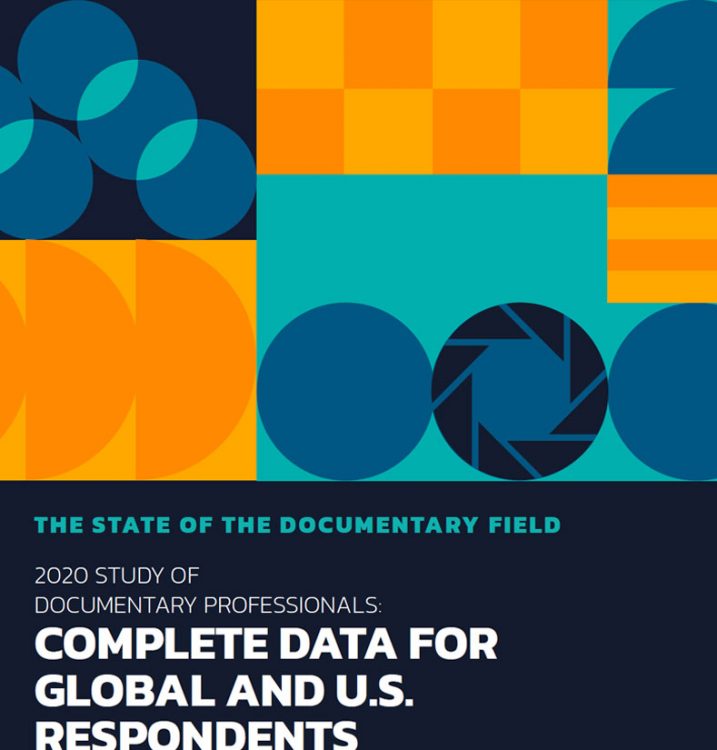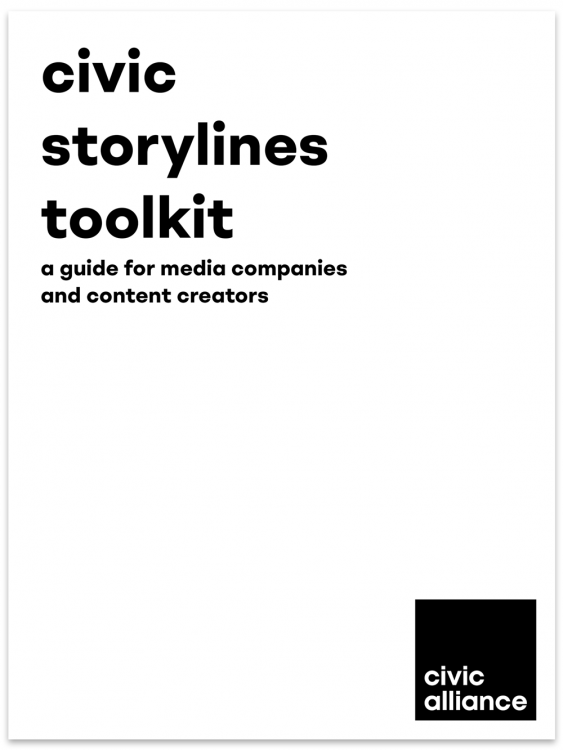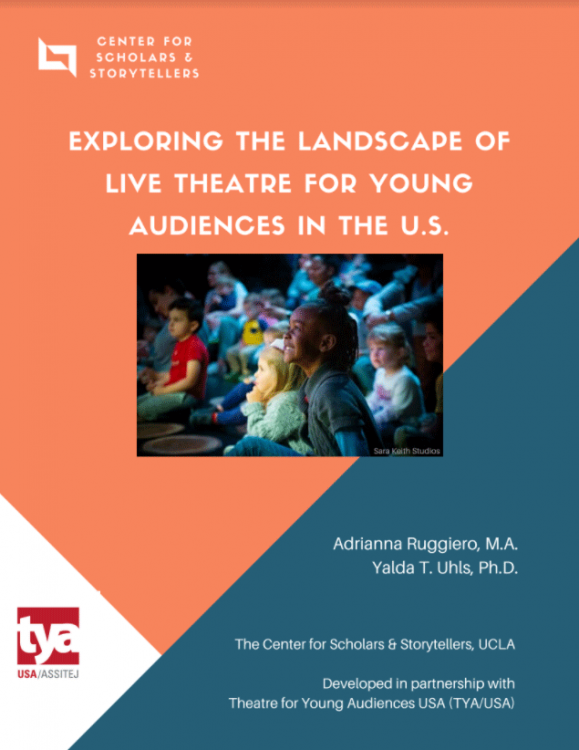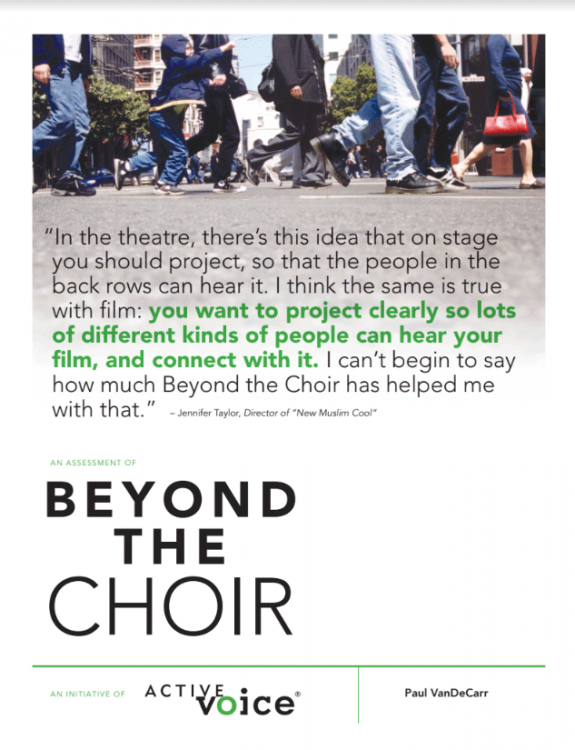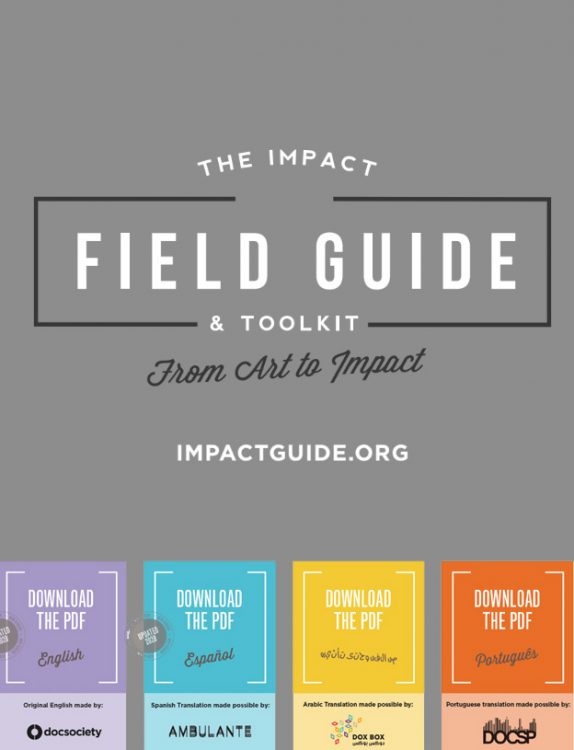September 27, 2021
The goal of measuring impact is to effectively track, understand and communicate the impact of the film.* It can be difficult to measure when a story lands in a person's heart,
especially when it takes root in unexpected ways, days, weeks, months or even years later. Thus, it is helpful to draw a distinction between measurable and unmeasurable impact. Measurable impact can be understood through what the audience learned, how their attitudes shifted...



